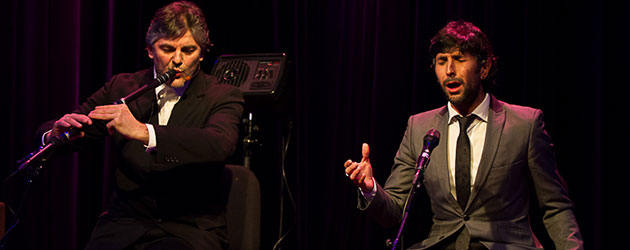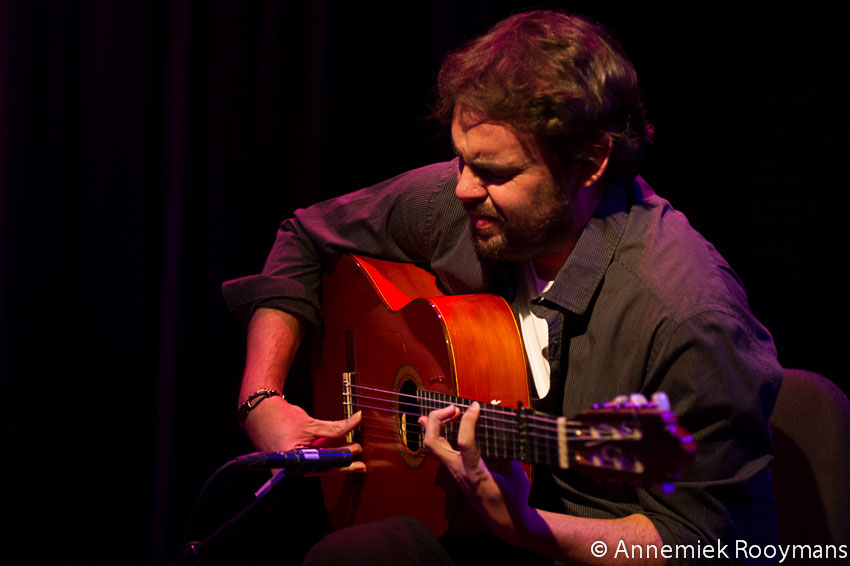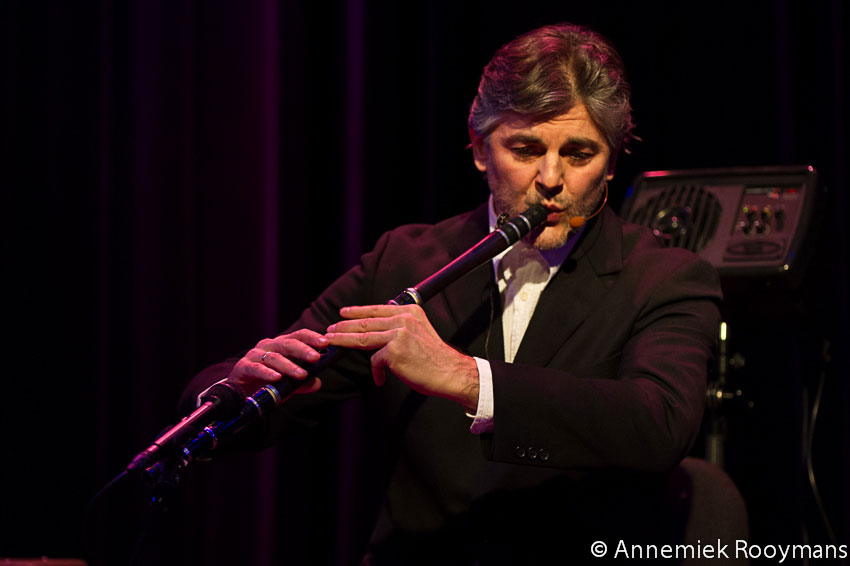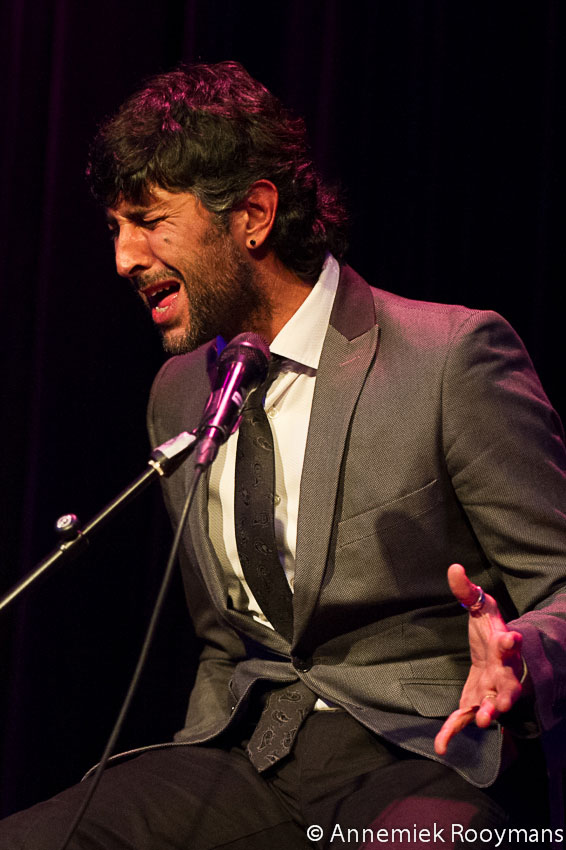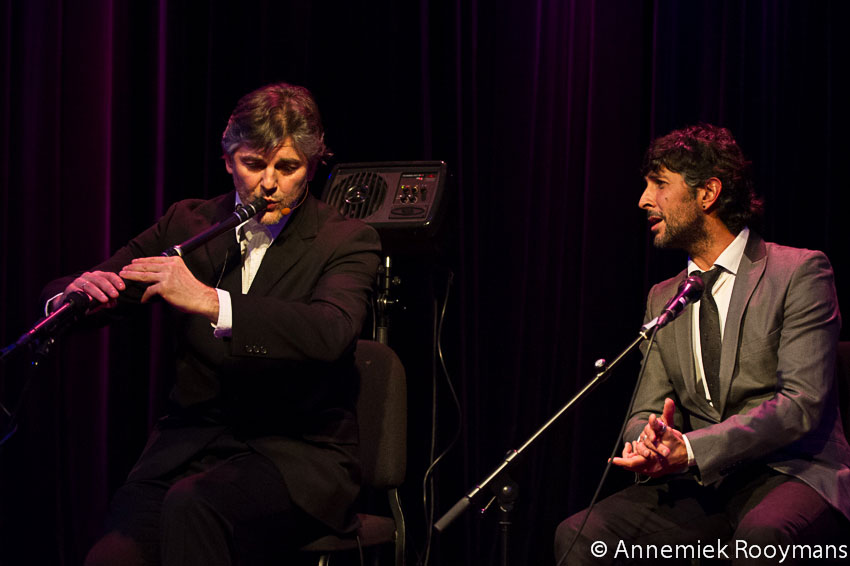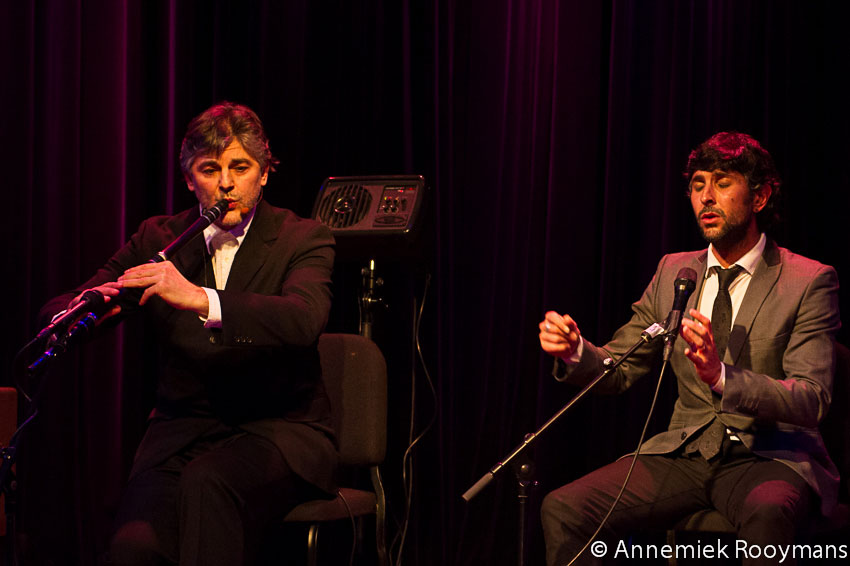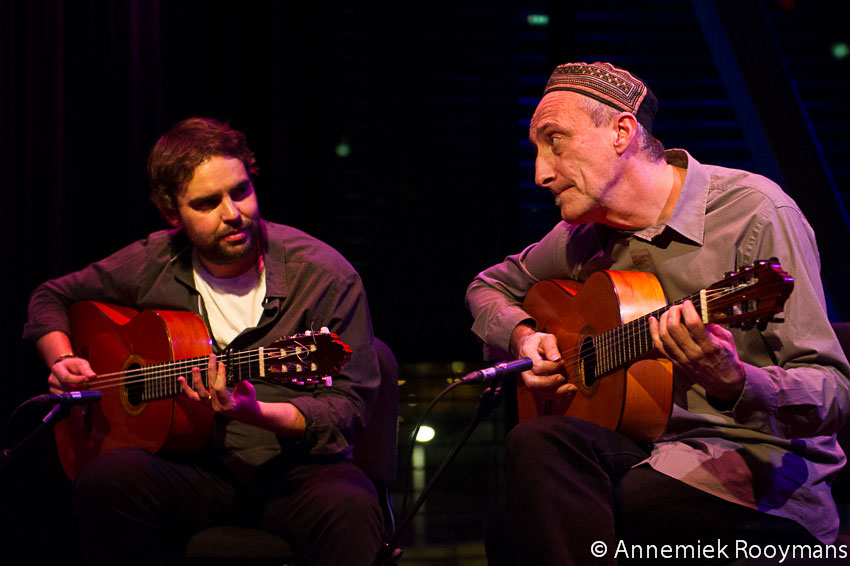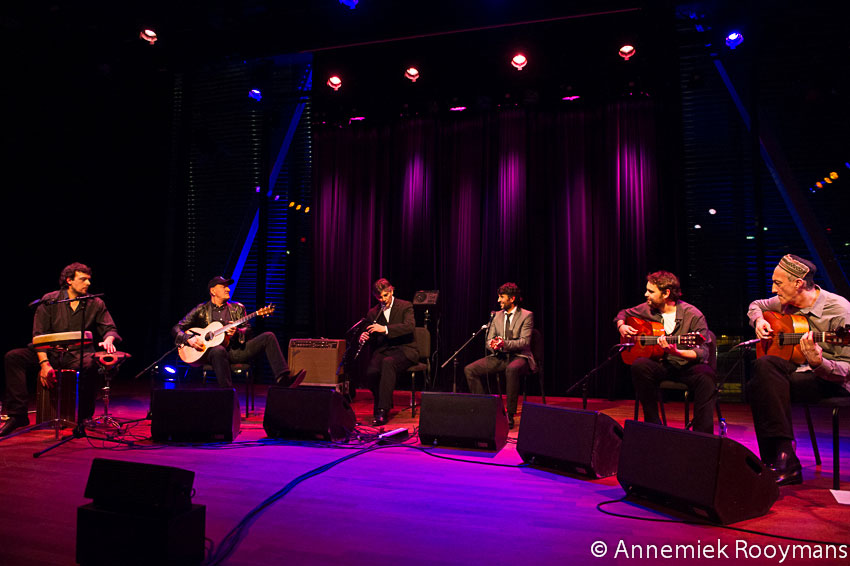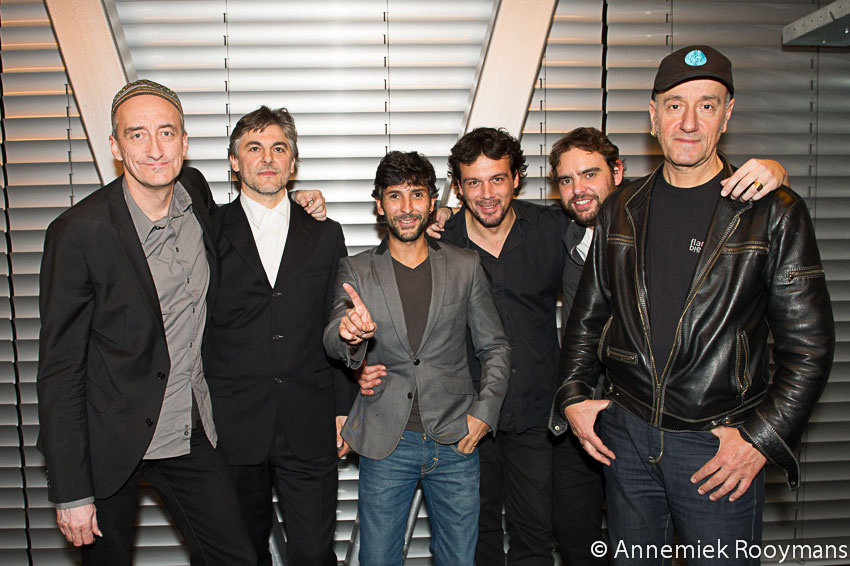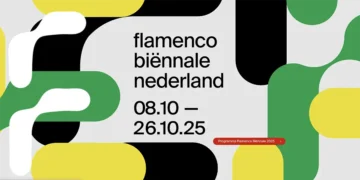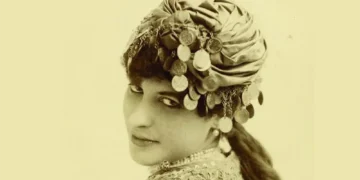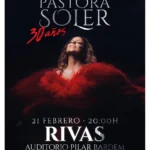Josip Kesic, Amsterdam 27th January 2013
Arcángel: cante. Theodosii Spassov: kaval (shepherd's flute). Dani de Morón: flamenco guitar. Agustín Diassera: percussion – Special guest artists: Vlatko Stefanovski, Miroslav Tadic (guitar). 4th Dutch Flamenco Biennial. Bimhuis, Amsterdam (Holland), January 27th, 2013. 8:30 pm.
“To provide a stage for those artists who seek new expressions within and beyond flamenco, for those who have the desire to experiment, to transgress boundaries”: that has been the artistic idea underlying the Dutch Flamenco Biennial from its very conception in 2006. What makes this festival special is not only its emphasis on the many forms and guises of modern flamenco, but also its power to create and program new projects. For example, at the third edition in 2011, the festival’s founder and director Ernestina van de Noort produced ‘Qasida’, a musical encounter between the cantaora Rosario la Tremendita and Mohamed Motamedi from Iran. The fourth edition’s theme ‘Idas y Vueltas’ proves that the current state of affairs is completely faithful to the festival’s foundational spirit.

However, whereas ‘Idas y Vueltas’ is often understood as the cultural exchange between Spain and its former colonies in the Americas, Ernestina van de Noort broadens the meaning of this phrase, as revealed by the title of the performance in question: ‘Bratimene – Balkan Flamenco Tales’. Rather than engaging in a dialogue with music from Spain’s former colonies, flamenco travels to the Balkans and vice versa. South-West Europe meets South-East Europe. An intruiging endeavor, to facilitate a meeting between regions which are rarely brought into mutual contact. Despite the differences between these regions, there is sufficient ground to do so: though the idea of a melting pot is intrinsic to any culture, it particulatly holds true for the extraordinary musical richness of Andalucia and the Balkans.
In the first part of the concert, the audience in the intimate and beautiful venue of Bimhuis, witnessed the impressive creations of the guitar duo Vlatko Stefanovski and Miroslav Tadic, from Macedonia and Serbia respectively. They played some of the repertoire from their album ‘Treta Majka’ (2004). From the very first minute, the atmosphere in the space revealed the audience’s enchantment would only intensify as the evening moved on. Stefanovski and Tadic use Macedonian folk songs as their starting point but they enrich and transform them into their own eclectic and impressively creative style. For example, when Tadic uses flamenco guitar techniques to adapt the Macedonian songs traditionally played with other instruments, Stefanovski mixes these traditional songs with styles he is obviously highly influenced by such as rock, jazz, funk and blues. What is rich, was even more enriched by either Spassov, the master of the kaval (Bulgarian shepard’s flute) or the flamenco guitar of Dani de Morón.
After intermission, the Amsterdam audience witnessed what was heard for the first time in Barcelona at the festival ‘Mercats de les flors’ in May 2012: Arcángel, Spassov, Diassiera and de Morón joining forces in an intercultural show. For instance, Spassov did not only show once again virtuosity on his intrument, but also his impressive singing skills. Arcángel and Spassov merged their voices in a fascinating and successful way in many sections, both rehearsed and improvised. The group’s courage and creativity extend to the domain of rhthyms as well: the flamenco musicians played and clapped the complex Balkan rhythms, just as those from the Balkans did in the bulerias and tangos. The exchange between Balkan and flamenco rhythms ensued not only between, but also within songs, and it was as spectacular as it was surprisingly organic.
Those present in the Bimhuis in Amsterdam were overwhelmed by the compositional, atmospheric, and multicultural richness. What should be emphasized, is that this extraordinary richness never slips into the pitfalls of chaos or imbalance, not even at the most intense and adventurous moments of improvisation. Moreover, it also managed to avoid something that always haunts fusion projects: the tendency to force intercultural dialogue, rendering it unnatural and contrived. The music’s multi-dimensionality says a lot about the level of the artists’ creativity, scope and virtuosity. However, without a certain stance towards music, this project would not be this succesful. Dani de Morón rightly said after the magnificent performance at the Bimhuis that, “in contrast to what many people think, flamenco artists are very open, sucking up everything they hear, like a sponge.” It is this openness that allowed these musicians to engage in a musical adventure in which they searched for those forms where their separate traditions intersect in order to create something new.
In this sense, by exploiting their openness, the artists who participated in ‘Balkan Flamenco Tales’ celebrate the spirit of this highly successful flamenco festival. By encouraging, producing and programming new creations and encounters, the Dutch Flamenco Biennial does two paradoxical things at once: it transgresses the boundaries of ‘flamenco’ and by doing this, it affirms what flamenco essentially is; an intercultural encounter. Fortunately, for those who did not witness this explosion of musical richness and artistic creativity, the Bratimene formation and Ernestina van de Noort will continue with this intriguing project.
Descubre más desde Revista DeFlamenco.com
Suscríbete y recibe las últimas entradas en tu correo electrónico.


